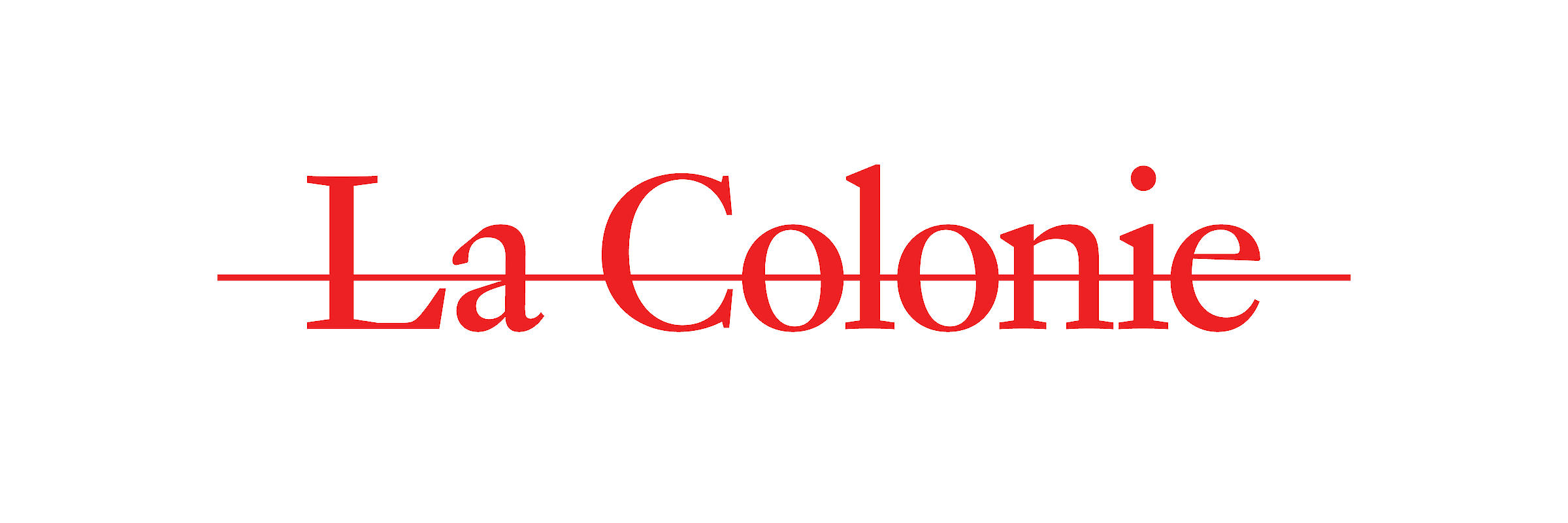En collaboration avec la Galerie Sator, La Colonie propose un cycle de discussions autour de l’image et du cinéma en conflit aujourd’hui. Faites d’allers-retours, ces rencontres s’invitent dans lequotidien des photoreporters et photoreportrices aujourd’hui, dans celui d’activistes mais aussi d’artistes et de peintres.
Les mots peinent à saisir ce que l’image veut dire : un enfant est sur une plage, peint de rouge. Le pays international — celui des réseaux comme celui des unes — s’émeut, pourquoi ?
Dans un autre pays, un autre où les bombes tombent sur les toits des maisons, un photoreporter télécommande la prise d’archives via son drone ; il traverse les lignes pour rapporter les images qui feront le tour de la planète d’un Palmyre “libéré”. Une autre choisit de ne montrer que l’à-côté, le laissé-pour-compte, les empreintes (concrètes et fragiles) d’une guerre trop vue mais si peu comprise. Un dernier floute les corps des victimes d’une guerre pour détourner la censure des géants de l’information qui ne veulent pas montrer des corps trop choquants, trop politiques ? Un dernier enfin fixe une Gopro sur le torse d’un combattant de l’Armée Syrienne Libre et montre le temps long, le temps banal d’une guerre dont on ne connait finalement que le spectaculaire.
Dans un quotidien fait d’immédiateté et d’accumulation d’images, comment artistes et journalistes travaillent-ils à rendre une temporalité, une durée de vie et un sens aux images de conflits, premières armes dans des sociétés de la (més)information ?
Ces deux jours de rencontres, de projections, de discussions invitent à ouvrir le regard à une décélération des images. Dans un monde de communication visuelle saturé d’images tiraillées de sens, comment rendre compte du réel, du réel en guerre, et du réel politique ? Comment prendre du recul sur nos industries du divertissement, mieux connaître les censures nous entourant, questionner le rôle de la presse et mieux connaître la fabrication des images ? Comment penser la circulation des images et leur rôle politique quand celles-ci empruntent des sens contradictoires dans des géographies parallèles : penser l’intrication entre situations de “paix” et situation de guerre quand les images jugées choquantes par l’un, véhiculent les preuves de crimes dans d’autres ?
Comment user aujourd’hui de la fiction pour rendre au réel sa tangibilité ?
Words struggle to grasp what the image means: a child is on a beach, he is painted red and the international country, the country of networks and headlines is moved. Why?
In another country, another where bombs fall on the roofs of houses, a photoreporter commands the taking of archives via his drone; he crosses the lines to bring back images of a “liberated” Palmyra that will sail around the world. Another chooses to show only the side, the left-behind, the (concrete and fragile) imprints of a war too much seen but too little understood. Another photographer chooses to blur the bodies of the victims of a war to divert the censorship of information giants who do not want to show bodies who seem too shocking or too political. A last photographer fixed a Gopro on the chest of a fighter of the Free Syrian Army and shows the Time, the long and domestic time of a war from which we only known the spectacular.
In collaboration with the Sator gallery, La Colonie offers a series of discussions around the image and cinema in conflict today. Going back and forth, these meetings invite us into the daily life of photoreporters, activists but also of artists and painters today.
In an everyday life made of immediacy and accumulation of images, how do artists and journalists work to render a temporality, a life span and a meaning to images of conflicts, who might be understood today as first weapons in societies of (mis) information?
These two days of meetings, performances and discussions are an invitation to open our eyes to a deceleration of images. In a world of visual communication saturated with images that torned with meaning, how can one account for the real, the real at war, and the political real? How can we take a step back from our entertainment industries, better understand the censors around us, question the role of the press and better know the making of images? How to think about the circulation of images and their political role when they use contradictory meanings in parallel geographies: how do we think about the entanglement between situations of “peace” and war situations when the images judged shocking by one, convey the evidence of crimes in other?
How to use fiction today to make reality tangible?































































































































































































































































